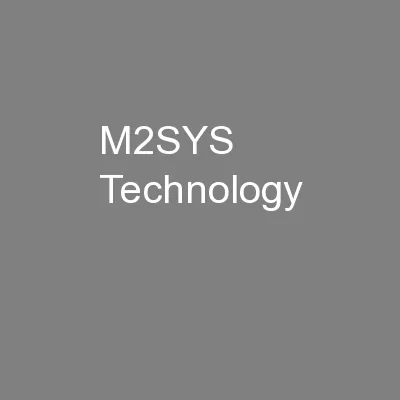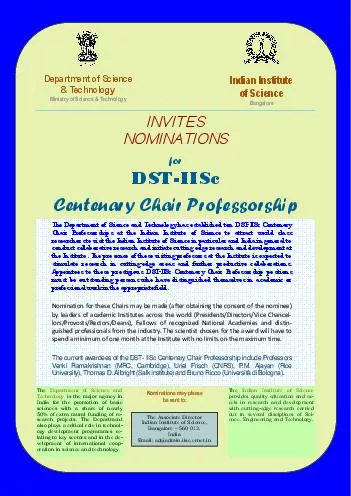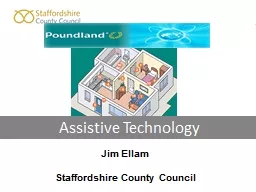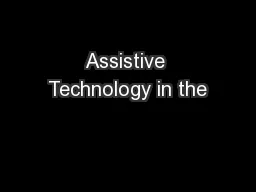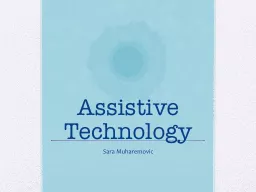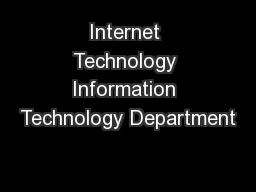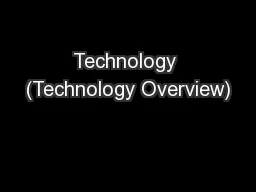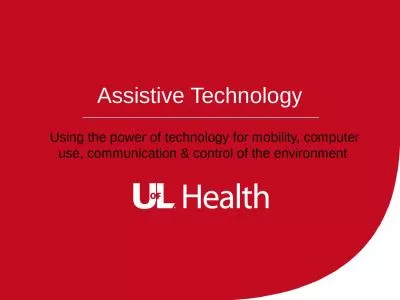PPT-M2SYS Technology
Author : kittie-lecroy | Published Date : 2016-05-08
TM Free Online Learning Podcasts Patient Identification in Healthcare with Nancy Farrington CHAM EMPI Administrator HIM Main Line Health System Topics Covered
Presentation Embed Code
Download Presentation
Download Presentation The PPT/PDF document "M2SYS Technology" is the property of its rightful owner. Permission is granted to download and print the materials on this website for personal, non-commercial use only, and to display it on your personal computer provided you do not modify the materials and that you retain all copyright notices contained in the materials. By downloading content from our website, you accept the terms of this agreement.
M2SYS Technology: Transcript
Download Rules Of Document
"M2SYS Technology"The content belongs to its owner. You may download and print it for personal use, without modification, and keep all copyright notices. By downloading, you agree to these terms.
Related Documents

